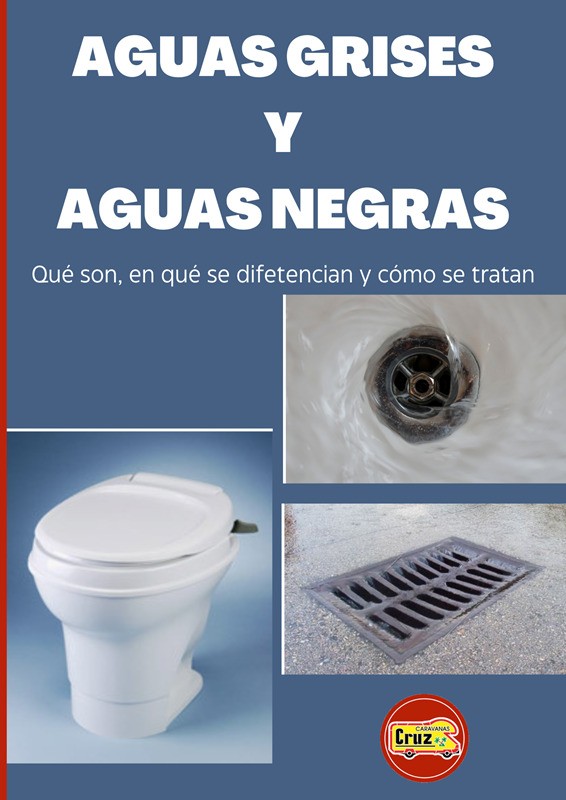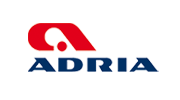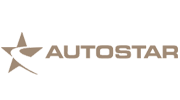GREYWATER AND SEWAGE
We've all been new to caravanning life at some time or another, and when we've heard of grey or black water, it's always sounded like Greek to us.
Maybe by now you already know the difference and how to treat these types of wastewater. But in case any of our readers are just starting out, we are going to explain what they are, the difference between them and how to treat them correctly.
Who knows, maybe you, who are reading this blog and already have experience, will also discover something new that you didn't know.
In any case, let's start at the beginning:
WHAT ARE GREYWATER AND BLACKWATER?
This is an important point, as confusing them is one of the main mistakes.
Greywater: this is the wastewater that comes from using the kitchen sink, shower and toilet. It is therefore used water that contains traces of soap and dirt.
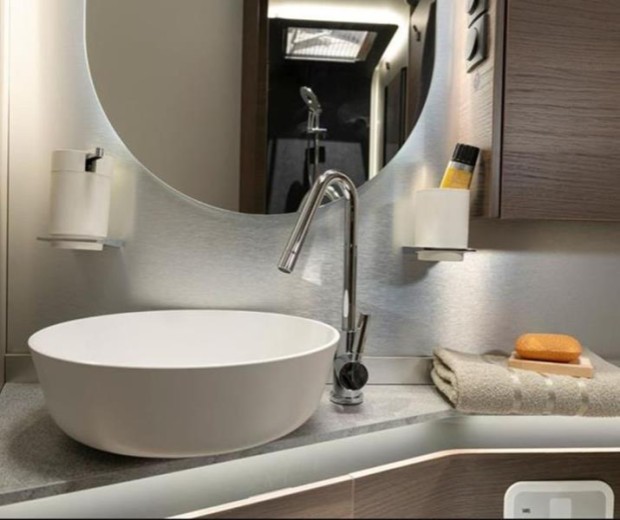
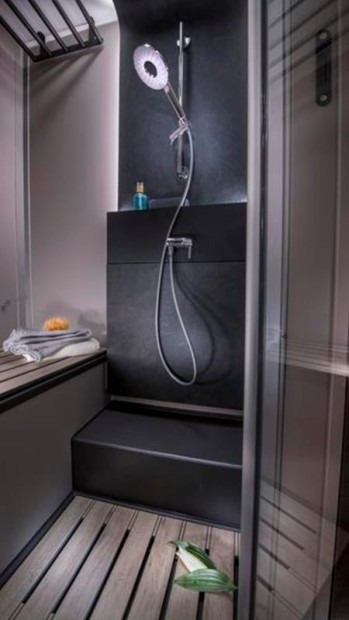
Sewage: this is the water that comes from the chemical toilet of our vehicle (AC or caravan), i.e. faecal water.
WHERE IS IT STORED?
Grey water: this water is stored in a tank installed in our vehicle. The size will vary depending on the size of the AC and the manufacturer. Here it should be noted that all motorhomes have it, but not all caravans do; a question of size and structure. But for those caravans that do not have it installed, there are portable tanks (Roll-Tank) to evacuate this water if the campsite we are going to does not have this service on its plots.
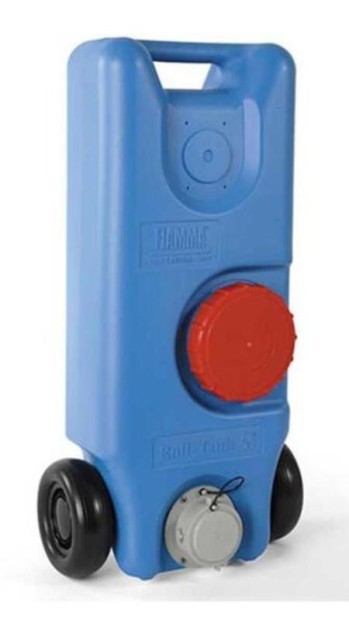
Black water: in this case it is a smaller tank and is removable. As in the case of grey water, the size will vary depending on the model and brand. This tank is called a cassette or tank. Both caravans and ACs have a door on the outside with the sticker "WC", through which we can easily remove the black water tank for emptying and cleaning.
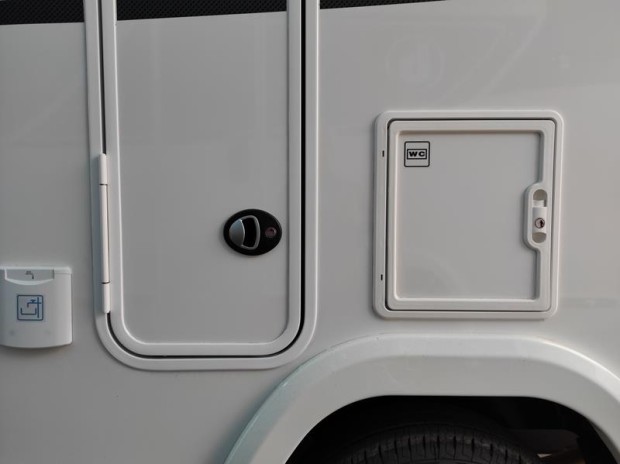
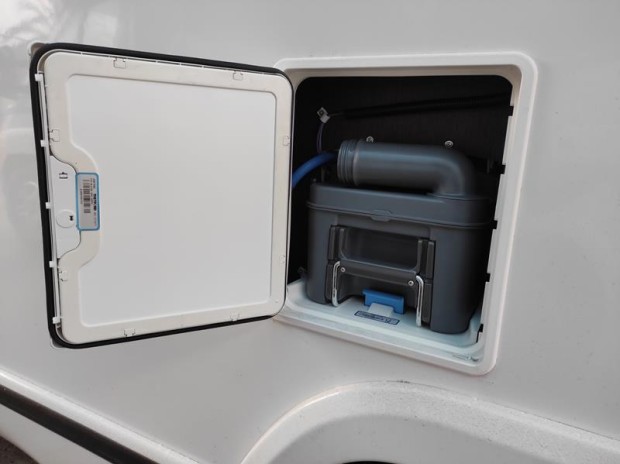
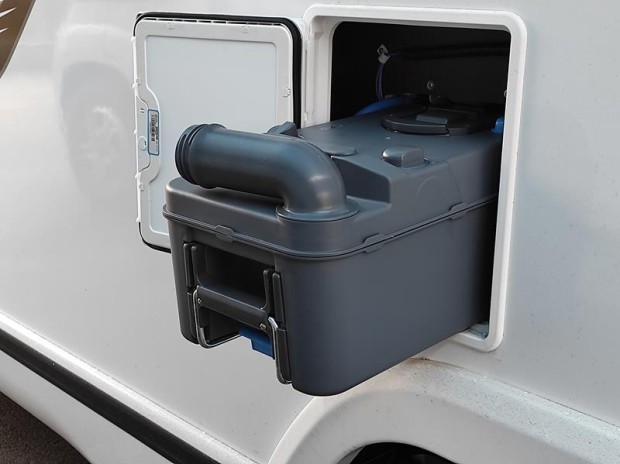
HOW IS IT EMPTIED AND WHERE?
Greywater: This is a very simple process. ACs have a lever that has to be operated (or a tap that has to be opened) called drain valve so that the liquid drains out of the tank to the outside. The best place to do this is a drainage grate, such as a sewer that is properly marked for this purpose. Try to choose one that is in a place where you can manoeuvre your vehicle to get as close as possible. Look for a slope and position your vehicle so that the slope works in your favour, helping the water to reach the grate.
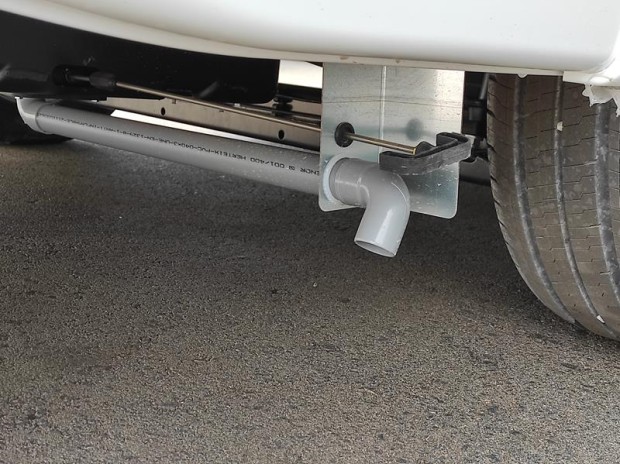
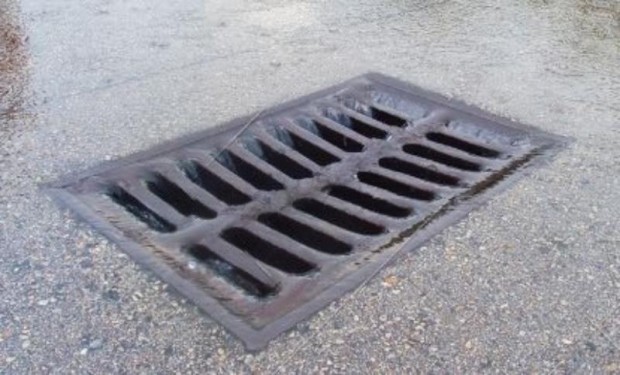
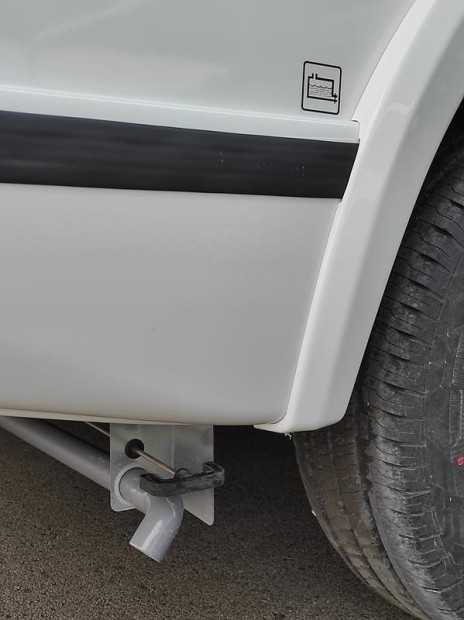
Sewage water: to empty sewage water, an authorised drain is required, as it is polluting due to the chemicals needed to dissolve the faeces. You will find these drains at motorhome sites, campsites and at some petrol stations and rest areas. This is where mobile apps such as Park4night, Furgo Perfectos or Caramaps will be very useful to know where to find these drains on your route.
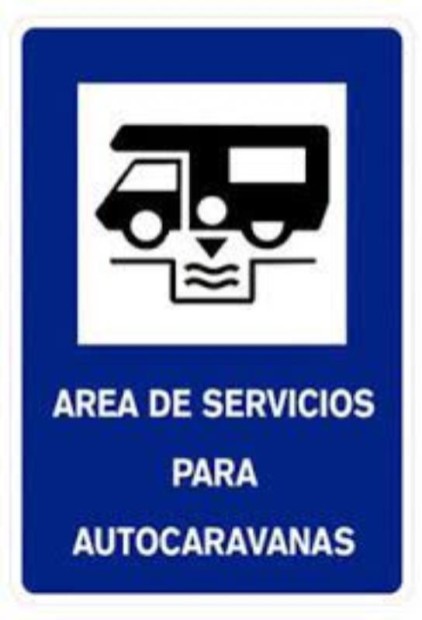
Traffic sign indicating drainage area
To empty it, remove the cassette through the gate mentioned above and carry it to where the drain is located. Many of these cassettes come with wheels and a handle so you can carry them around like a trolley case. Others are not so practical, so this may be a factor to consider when choosing this unglamorous yet essential gadget.

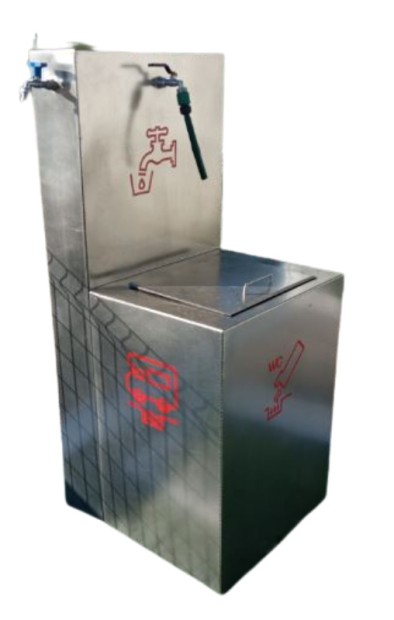
Once the contents have been emptied, we recommend that you fill it halfway with clean water and add a specific product for cleaning these tanks. Once again, it must be emptied and, depending on the model, you will have to press a button several times to produce a vacuum inside the tank and thus ensure that it is perfectly emptied. All that remains is to prepare it again for use, adding a little water and the specific sanitary product of your choice. The quantities of both are usually recommended by the manufacturers of these chemical products.
HOW OFTEN DO I HAVE TO DO IT?
Grey water: it is usual for tanks to have an indicator to warn us when it is necessary to empty the grey water. Sometimes, grey water tanks do not have this indicator to warn us of the need to empty them, but this should not be a problem, as the amount of grey water is directly related to the number of litres in our clean water tank. In other words, at the same time as our clean water tank is emptied, the grey water tank is filled. The frequency of emptying will depend on the number of people using the shower, whether the sink is used more or less, etc... because, on many occasions, we use the facilities of the campsite or area where we are if it offers these services.
Black water: the WC usually has an indicator on one of its sides that warns us that the tank is full. You don't have to wait for that to happen; if you're going to get back on the road, and where you are, it's not a bad idea to start riding with a clean tank. It's better to be safe than sorry later, as a tank that is more than ¾ full can leak.
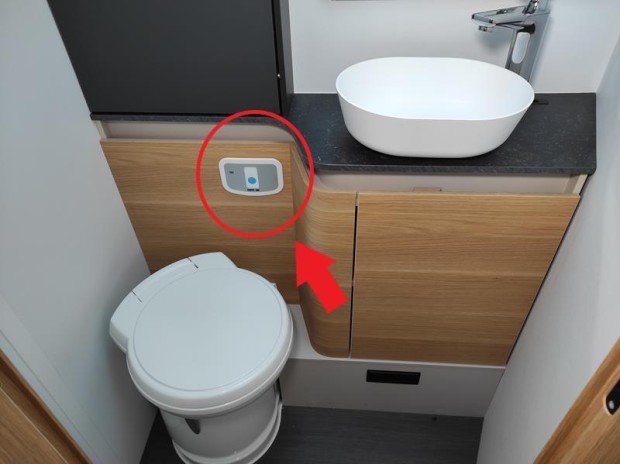
And now, having explained all this, we give you a series of tips that may help you.
Clean the cassette thoroughly every time you finish a trip and you are not going to use it for a while. For this purpose, there are specific products for more thorough cleaning. Their regular use removes limescale, incrustations and grease deposits, as well as prolonging the useful life of our tanks. And this advice also applies to the grey water tank.
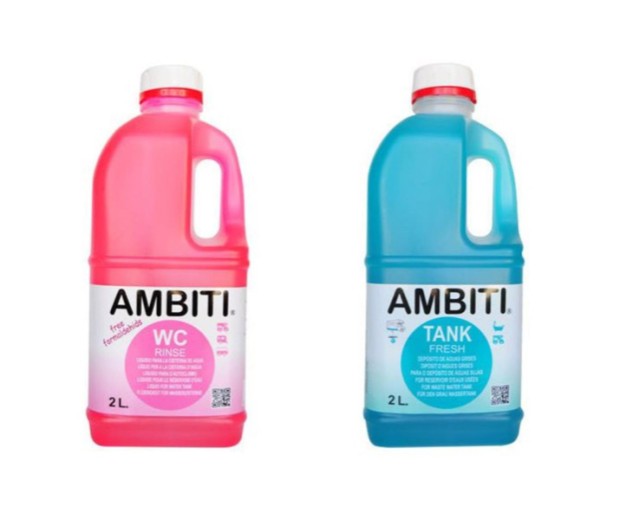
To avoid unpleasant odours in the interior of your vehicle, don't forget to clean it thoroughly every time you empty it as described above. This is essential. You can help by adding a spray product after each use, it helps to grease the toilet and leaves a pleasant smell. It is also important that you don't forget to cover the trap door that connects the toilet to the tank. And finally, always use specific products for its use and cleaning. Using products that are not specifically formulated for this use can cause breakdowns and even damage our tanks forever.
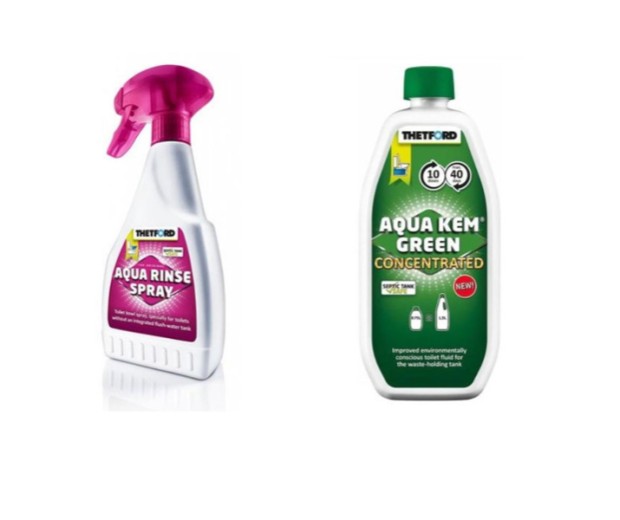
Download one of the mobile apps we have mentioned; good planning of your trip will create less worries, not only about emptying tanks, but also about where to stay, what services to offer etc... Note: You may not know it, but in some apps this sewage is also called sewage, so you know what they mean. It's just a "finer" way of referring to it.
Planning in advance where to empty your tanks, or knowing for sure whether it is allowed or not, will also save you trouble with the law, as emptying sewage in places that are not permitted can result in a fine of up to €1,500. In addition, they are very harmful to the environment and we must be respectful with the environment and enjoy this way of travelling avoiding leaving our "footprint", especially now that many eyes are fixed on the caravanning sector.
We hope this blog has helped you, and remember the 5 rules of good motorhoming:
- Leave no trace.
- Be well received by being friendly to everyone.
- Respect and take care of the environment by not polluting.
- Avoid risks and penalties, always complying with the rules of the road.
- Spend the night and/or camp properly, never in areas that are not permitted.
